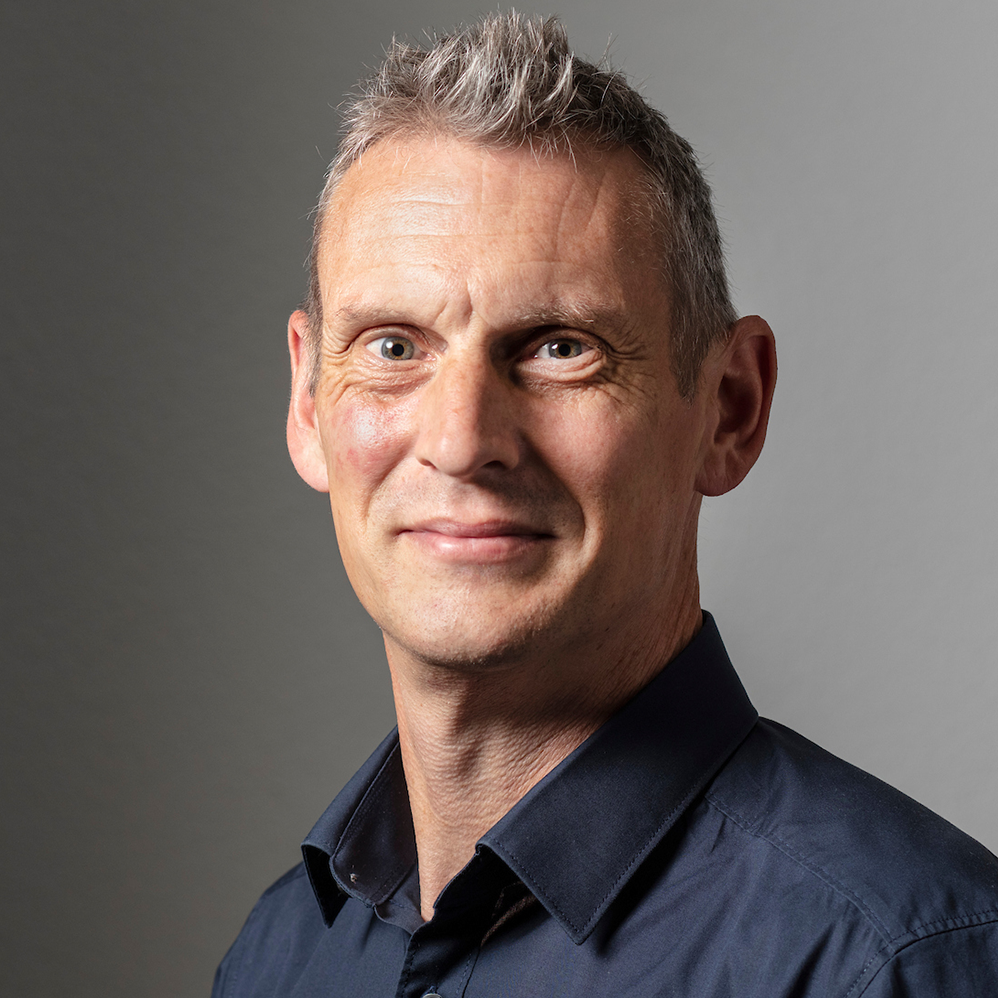
Penalty simulator raises bar for goalkeepers

With Euro 2008 moving into the knockout stage, teams now face the prospect of penalty shoot-outs determining their fate in the tournament.
But researchers at the Federal Institute of Technology in Zurich claim to have evened the odds for goalkeepers with a virtual spot-kick simulator that tests their reactions and nerves under big match conditions.
In professional football it takes just half a second for the ball to hit the back of the net after being kicked. Goalkeepers must anticipate which way the ball will go before it is actually struck to stand a reasonable chance of making a save.
On top of that comes the pressure of knowing that failure to stop the ball could result in a team being knocked out of a tournament. It is little wonder that many goalkeepers feel like a duck in a fairground shooting booth when facing penalties.
The virtual penalty simulator promises to even the odds using laser projectors, special goggles, loudspeakers, infrared cameras, electrodes and other sensors.
Tooled up with this gear, the goalkeeper “sees” a 3D real-time simulation of Swiss player Benjamin Huggel striking the ball from the penalty spot against a background of a packed stadium. A virtual crowd also cheers if a save is made and boos if not.
The goalkeeper’s heart rate, respiration and skin conductivity are also measured to test his or her response to stress.
Guessing game
“We know that a goalie shouldn’t move too early or too late if he is to be successful. But we don’t know what aspects he should focus on in order to anticipate which way the ball will fly,” Peter Wolf of the federal institute told swissinfo.
“There is a lot of technology in place for outfield players, from specially designed boots to monitoring their movements during a match, but nothing has been done for goalkeepers until now.”
Different goalkeepers have different methods of guessing which way the ball will be shot from a penalty. Some follow the eyes of the striker while others look at the run up or which way the hips are pointing just before impact.
The simulator can erase certain parts of Huggel’s body from the goalkeepers’ vision to help them determine which part best helps their anticipation.
Former Swiss national team goalkeeper Jörg Stiel helped the institute test its device.
“He was impressed with the stadium conditions and found it realistic, but he missed the feeling of the ball on his hands when he made a save,” said Wolf. “That is something we could incorporate into the simulator at a later time.”
Penalty heartbreak
Switzerland could certainly do with a little help as their recent record in penalty shoot-outs is nothing to write home about. The Swiss team was eliminated from the last World Cup in a shoot-out against Ukraine two years ago.
“This was one reason we started on the project and we were also inspired by the European Championships being co-hosted by Switzerland,” Wolf said.
The simulator is also part of a wider project to use the expertise of the institute’s sensory motor systems laboratory in a sporting context. But it is still some way from having a commercial use, according to Wolf.
“We are contacting football professionals first to see if there is a commercial demand for the simulator. And we must refine it further before it can be put to such use,” he said.
swissinfo, Matthew Allen in Zurich
The virtual spot-kick simulator was designed by the sensory motor systems laboratory at the federal institute’s department of mechanical and process engineering. The team was led by Professor Robert Riener.
The laboratory has already designed a rowing machine simulator and plans to dream up practical training devices for other sports.
The penalty simulator uses six projectors to create a virtual stadium, packed with fans, and the penalty taker – FC Basel and Swiss midfielder Benjamin Huggel. The crowd noise is generated from 112 loudspeakers.
The goalkeeper wears special goggles to see the virtual scene. Sensors are fitted to a cap and gloves that beam arm and body movements to ten infrared cameras.
Other sensors and electrodes measure the goalkeeper’s heart rate, respiration and skin conductivity levels.

In compliance with the JTI standards
More: SWI swissinfo.ch certified by the Journalism Trust Initiative





























You can find an overview of ongoing debates with our journalists here . Please join us!
If you want to start a conversation about a topic raised in this article or want to report factual errors, email us at english@swissinfo.ch.